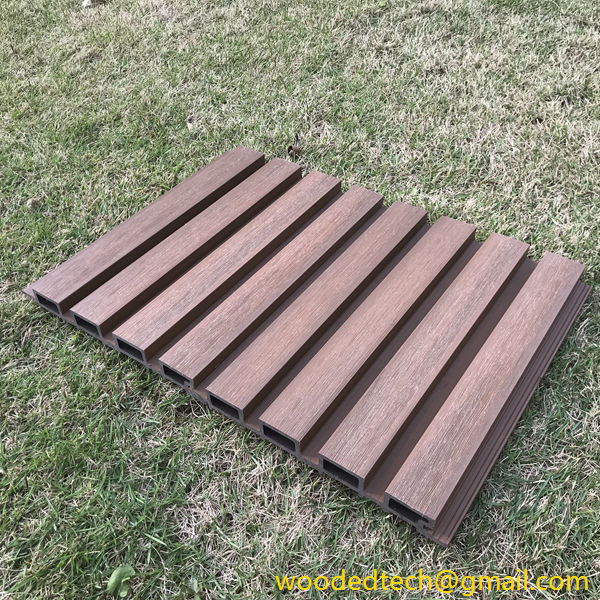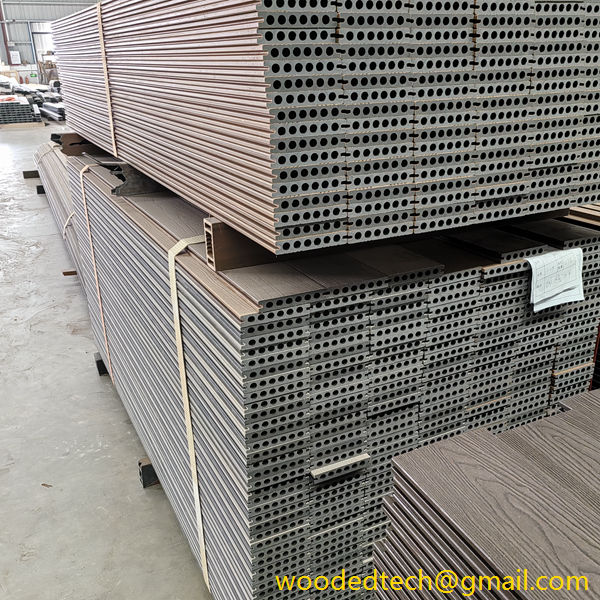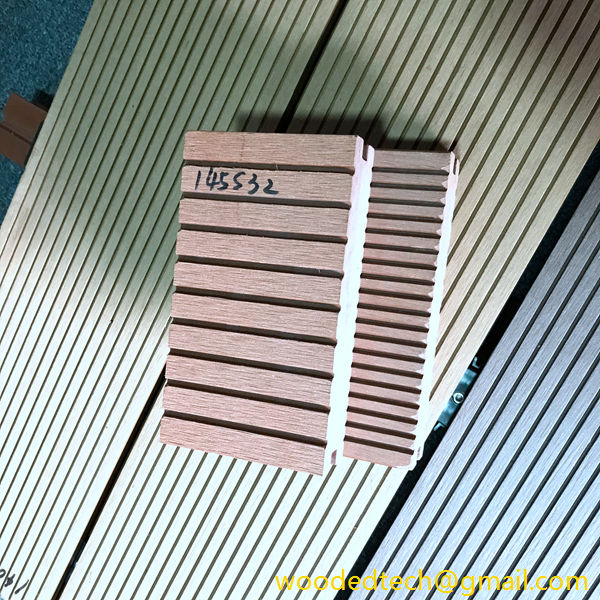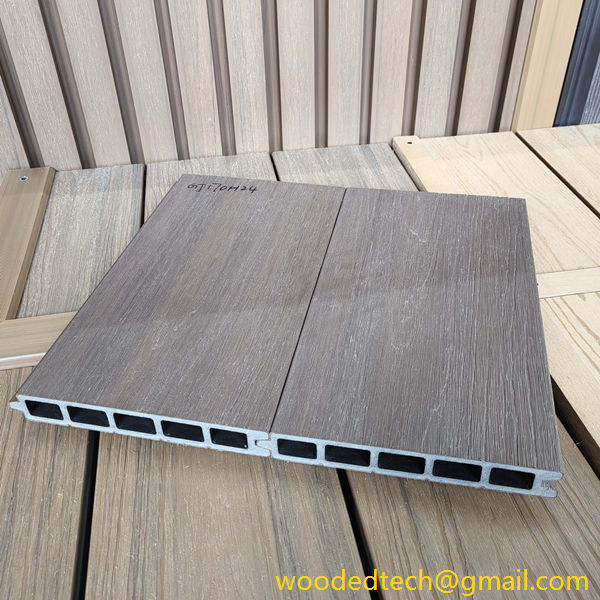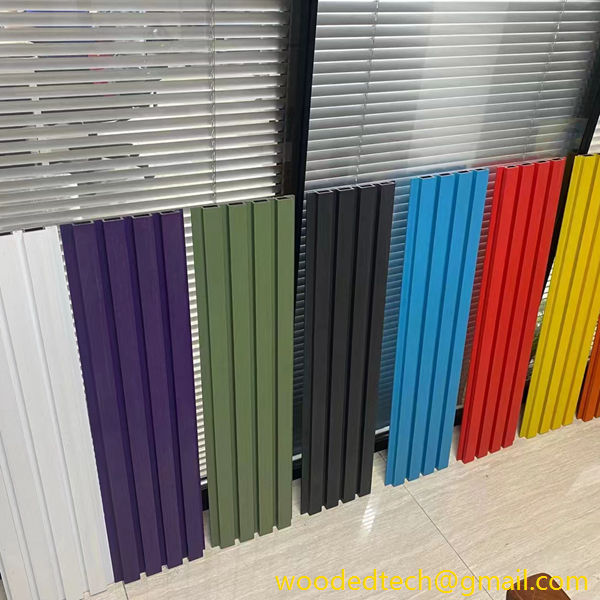In modern homes and outdoor environments, Composite decking has been widely welcomed for its environmentally friendly, durable and beautiful features. However, in order to achieve the best use of Composite decking, clearance control during the installation process is the key. This article will introduce in detail how to reasonably control the clearance during the installation of Composite decking to ensure that the installation effect is beautiful, practical and durable.

1. Preparation before installation
Material preparation: Make sure that the purchased Composite decking is of qualified quality and has no damage. At the same time, prepare the necessary tools, such as electric drills, woodworking tools, labor protection gloves, stainless steel screws, etc.
Ground treatment: Before construction, ensure that the concrete base floor is flat and has no bumps. If the ground conditions are poor, leveling treatment is required.
2. The importance of clearance control
During the installation of Composite decking, reasonable clearance control is crucial. If the clearance is too small, the floor may deform due to thermal expansion and contraction; if the clearance is too large, it will affect the appearance and practicality. The following are several key points for clearance control:

3. Specific installation steps and clearance control
Fix the plastic wood keel:
Arrange the plastic wood keel evenly on the cement floor, with a recommended spacing of 30cm.
Use an electric drill to make holes on the keel with a hole diameter slightly larger than the screw diameter, and then screw the screw into the hole to fix the keel. Note that the screw cap should be lower than the keel surface to avoid affecting the subsequent laying of the floor.
Install the first floor:

Each Composite decking has a yin and yang groove on both sides. When installing the first floor, the outer yang groove needs to be sawed off or ground off to fix it with the keel.
Use an electric drill to make holes on the floor surface with a hole diameter slightly larger than the screw diameter, and screw in the screws to fix it.
Install subsequent floors:
Insert the yang groove of the second floor into the yin groove position of the first floor to ensure a tight joint.
Use an electric drill to make holes on the side surface of the yang groove of the second floor, and screw in the screws to fix it. The screw spacing is adjusted according to the actual situation to ensure firmness but not denseness.
4. Clearance control skills
Reserve thermal expansion and contraction clearance:
Reserve 8-10mm expansion joints between the floor and the wall to adapt to the expansion or contraction of the floor caused by temperature changes.
Adjust clearance according to the environment:
Reasonably determine the size of the floor joint gap according to the ambient temperature and humidity, floor length, floor moisture content and specific conditions of the laying area during installation.
Use professional tools:
During the installation process, use professional tools to measure and adjust to ensure uniform clearance.
5. Precautions
Avoid damage to the floor:
When fixing the floor and keel, it is necessary to use an electric drill to make holes and then install screws to avoid direct knocking or forced fixing to avoid damaging the Composite decking.
Choose suitable screws:
When installing outdoors, it is recommended to use stainless steel self-tapping screws to enhance corrosion resistance.
Check the installation quality:
After the installation is completed, the floor needs to be carefully checked to ensure that each floor is firmly fixed and the clearance is uniform.
6. Summary
When installing Composite decking, reasonable clearance control is the key to ensuring the installation effect. Through the above detailed installation steps and tips, we can effectively control the clearance, making the Composite decking beautiful, practical and with a longer service life. Remember, details determine success or failure. Only by mastering the key points of each link can we ensure that the installation of Composite decking achieves the expected results.


